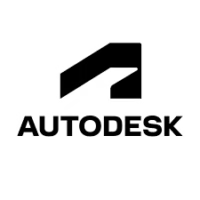Kaedim Review
What is Kaedim?
Kaedim is an AI-powered platform that converts 2D images into editable 3D models in minutes. Their proposal focuses on reducing manual modeling work for designers, artists and developers, facilitating the rapid creation of production-ready assets. Although originally oriented to the video game industry, its functionality can be used in architectural visualization, industrial design and prototyping.
✅ Convert 2D sketches, illustrations or renders into ready-to-edit 3D models in tools like Blender, Unity or Unreal.
✅ Produce models in minutes thanks to proprietary AI, eliminating repetitive base modeling tasks.
✅ Supports PBR streams and exports in formats compatible with popular graphics engines and 3D software.
Simple web interface, but the end result requires 3D editing experience.
Payment plans starting at $150/month. It is not accessible for small studios or freelancers.
Very useful in visual production environments, but limited for small studios due to price and language barriers.
Prices and Plans
It does not have a free trial – Plans from 150 USD/month.
For more details on the different plans, we recommend visiting their website.
Advantages and Disadvantages
Advantages
- Video game or design studios that require agile and visually precise 3D prototyping.
- Conceptual artists who want to translate their 2D vision into 3D models without modeling from scratch.
- Technical teams with experience in graphics engines and 3D mesh editing.
Disadvantages
- Freelancers or small studios with a limited budget.
- Users who need support in Spanish or guided flows.
- Professionals without knowledge of 3D editing after the generated file.
Kaedim vs Alternatives
Explore other tools on our platform to find the one that best suits your needs.
AgentAya verdict
User Opinion
Reviews of Kaedim on Trustpilot highlight its usefulness for artists and developers looking to accelerate the creation of 3D models. Several users praise the speed of the process and how easy it is to obtain functional results, even from simple sketches. However, there is also criticism focused on the lack of transparency about which part of the model actually generates AI and which requires human intervention, as well as limited direct communication with the support team.

